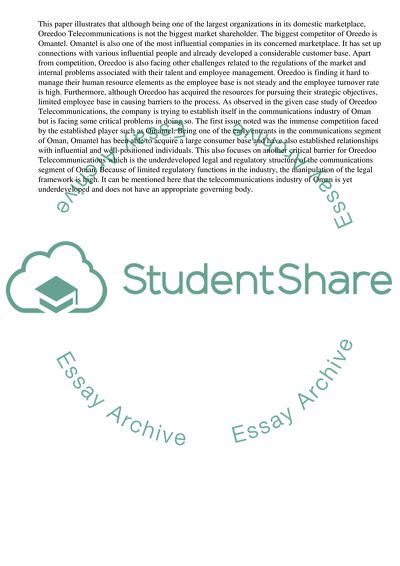Cite this document
(“Issues Faced by Oreedoo Telecommunications Essay”, n.d.)
Issues Faced by Oreedoo Telecommunications Essay. Retrieved from https://studentshare.org/management/1694585-integrated-project-management
Issues Faced by Oreedoo Telecommunications Essay. Retrieved from https://studentshare.org/management/1694585-integrated-project-management
(Issues Faced by Oreedoo Telecommunications Essay)
Issues Faced by Oreedoo Telecommunications Essay. https://studentshare.org/management/1694585-integrated-project-management.
Issues Faced by Oreedoo Telecommunications Essay. https://studentshare.org/management/1694585-integrated-project-management.
“Issues Faced by Oreedoo Telecommunications Essay”, n.d. https://studentshare.org/management/1694585-integrated-project-management.


